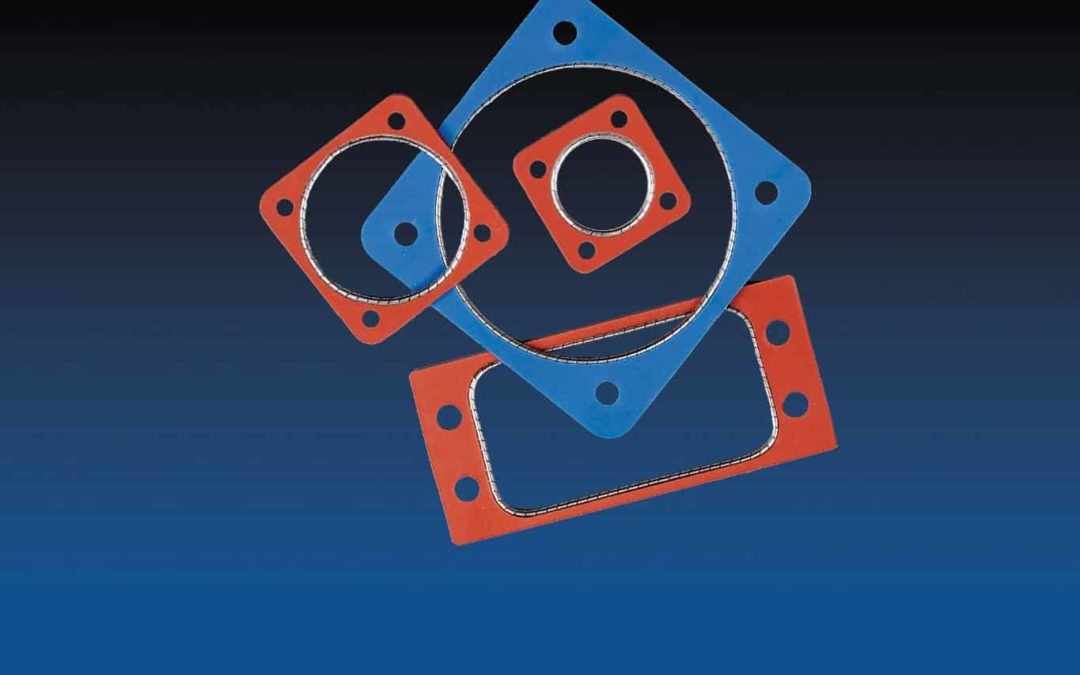Automotive electronics have become increasingly sophisticated, powering various systems and functions within modern vehicles. However, the automotive environment poses numerous challenges, including electromagnetic interference (EMI) that can disrupt the performance and reliability of electronic components. To overcome these challenges, EMI gaskets play a crucial role in automotive electronics by providing effective shielding against EMI and ensuring reliable performance in this demanding environment. In this article, we will explore the role of EMI gaskets in automotive electronics and their importance in maintaining reliable performance.
- Understanding EMI in Automotive Electronics: EMI refers to the interference caused by electromagnetic fields that can disrupt the proper functioning of electronic components. In the automotive industry, the presence of multiple electronic systems and devices, such as engine control units, infotainment systems, sensors, and communication modules, increases the risk of EMI. EMI can arise from both internal sources within the vehicle, such as ignition systems and electric motors, as well as external sources like radio frequency signals from nearby electronic devices or power lines.
- EMI Shielding and the Role of EMI Gaskets: EMI shielding involves the use of materials and techniques to prevent the transmission or reception of unwanted electromagnetic signals. EMI gaskets are essential components of EMI shielding solutions. They are typically made of conductive materials, such as elastomers or metals, and are designed to create a physical barrier that blocks or redirects electromagnetic waves. EMI gaskets are strategically placed between electronic components, enclosures, or connectors to prevent EMI from affecting their operation.
- Ensuring Reliable Performance: Reliability is critical in automotive electronics, as any disruption or malfunction can impact the safety and performance of the vehicle. EMI gaskets play a vital role in maintaining reliable performance by effectively blocking or absorbing EMI, thereby preventing interference with sensitive electronic components. By creating a conductive seal, EMI gaskets provide a high-integrity shield that protects against both radiated and conducted electromagnetic interference.
- Protection against External EMI: Automotive electronics are exposed to various external sources of EMI, such as radio frequency signals, cell phone transmissions, or electromagnetic radiation from power lines. EMI gaskets act as a barrier, preventing these external EMI sources from entering sensitive electronic systems. By sealing enclosures and connectors, EMI gaskets ensure that electronic components are shielded from external interference, enabling them to operate reliably.
- Prevention of Internal EMI: Internal sources of EMI within a vehicle, such as ignition systems, electric motors, or high-frequency communication modules, can generate electromagnetic noise that affects nearby electronic components. EMI gaskets provide isolation and containment, minimizing the propagation of internal EMI. By effectively blocking or redirecting these electromagnetic waves, EMI gaskets help maintain the integrity and performance of nearby electronic systems.
- Challenges in the Automotive Environment: The automotive environment is particularly challenging due to factors such as temperature extremes, mechanical vibrations, and exposure to moisture, chemicals, and road debris. EMI gaskets must be designed and manufactured to withstand these harsh conditions. They need to provide not only effective EMI shielding but also mechanical resilience, resistance to temperature variations, and protection against environmental elements.
- Customization and Design Considerations: Every automotive electronics application has unique requirements and constraints. EMI gaskets offer design flexibility, allowing for customization to meet specific needs. Factors such as gasket material selection, thickness, shape, and compression force are carefully considered to ensure optimal EMI shielding performance and compatibility with the surrounding components and enclosures.
